idleprocess
Flashaholic
I find that I have accumulated a number of LED light bulbs and after doing the 3M review, decided to just photograph them all under somewhat controlled conditions, mostly to get a sense of color rendition. I say "somewhat" controlled since I did not use a particularly precise camera nor did I do this in absolute darkness.
The setup
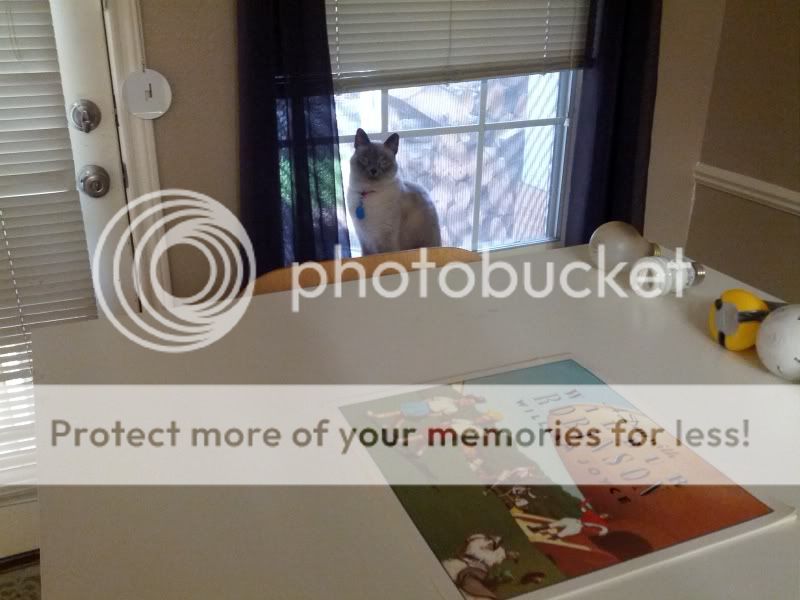
The scene lit with ambient lighting from 4x 32W T8 floros behind (~6000K if I recall), a proprietary T5 circline fixture to the left (probably also ~6000K), and some sunlight from the windows ahead and behind. This is a decent representation of color - camera set to auto white balance, no flash. I would like to thank my "assistant" in the background for his considerable restraint not "helping" in any way whatsoever.
(Most Of) The Contenders
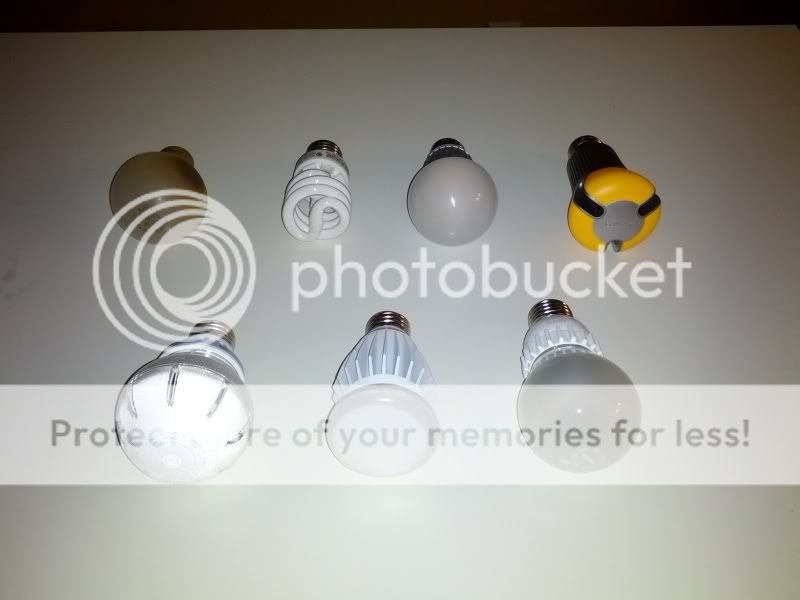
Control Samples
The LED's
Methodology
All photography performed with a handheld cellphone camera (Samsung Galaxy Nexus) using the stock camera application. Exposure was set to auto on all photos.
I took 5 photos for each sample:
Test subject is A Day with Wilbur Robinson, chosen because it was handy and has a fairly broad spectrum of colors - albeit a bit heavy on blue and green and somewhat faded:
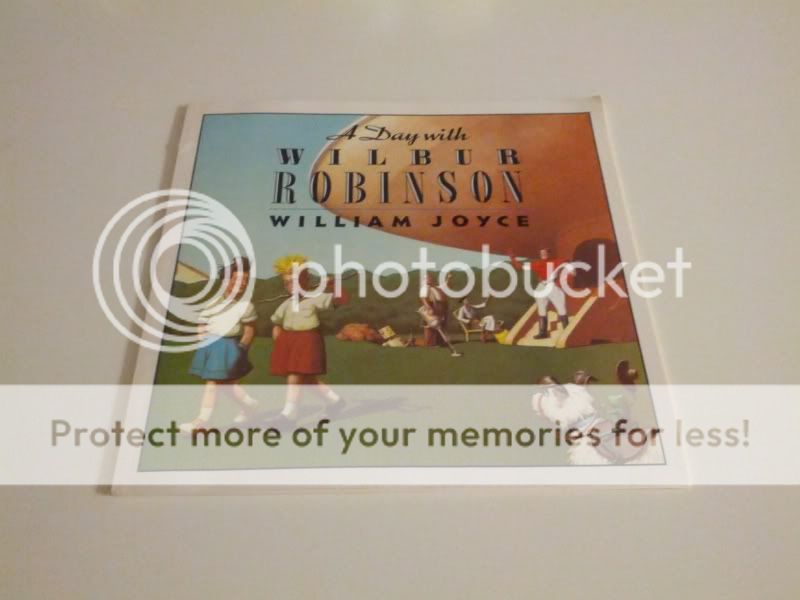
Control Samples
Incandescent
I begin with the only incandescent I could find, which happened to be a generic 60W long life bulb that's probably as old as the oven vent hood it lives in (around 20 years). This is hardly the best incandescent around, but should suffice for comparison on color rendering.
The bulb itself has some accumulate crud from 20 years of living in an oven vent hood. Not claiming this is the best incandescent out there, just using it for color rendition purposes.
Illuminating the fixture.
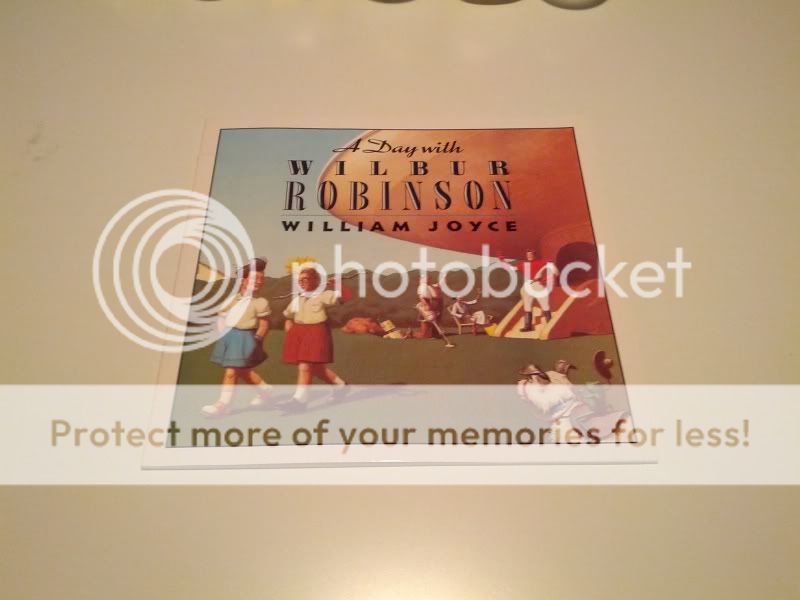
Incandescent WB - unsurprisingly, this is the best representation of how it renders color.
Florescent
sunlight
CFL
GE warm white "40W" equivalent CFL, circa 2008-2009 vintage. Been using these in a vanity fixture in the guest bathroom for years without complaint.
In its spiral glory. In the fixture.
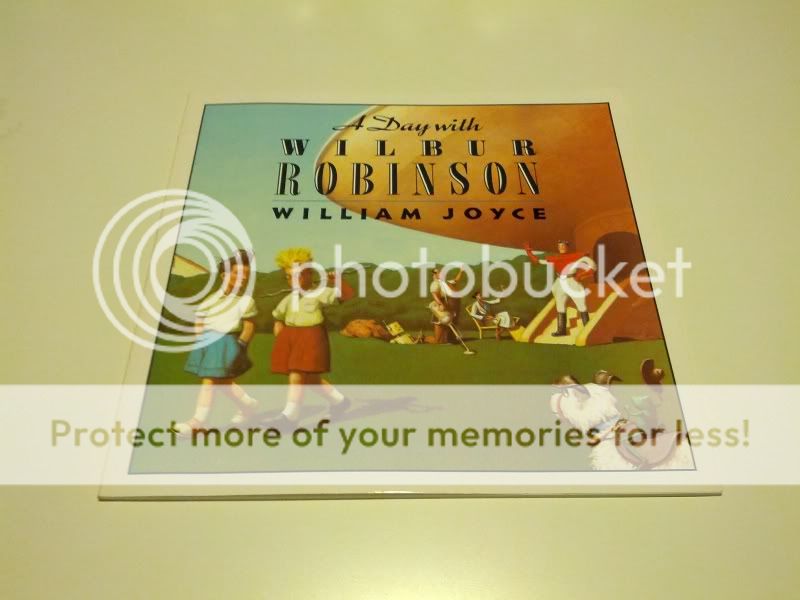
Florescent WB - unsurprisingly, this is the best representation of how it renders color.
Incandescent
Sunlight
Warm White LED's
LSG 3000K
This is a replacement for a recalled EcoSmart (LSG) bulb I bought in 2011. I prefer the light quality on this over predecessor and the other 2700K bulbs I have. It is extremely directional, throwing very little light behind it. I'm finding that this bulb is improving my opinion of high-temperature "warm" tints - would like to see some option in the 3000K-4000K range from manufacturers.
The bulb itself, illuminating the fixture.
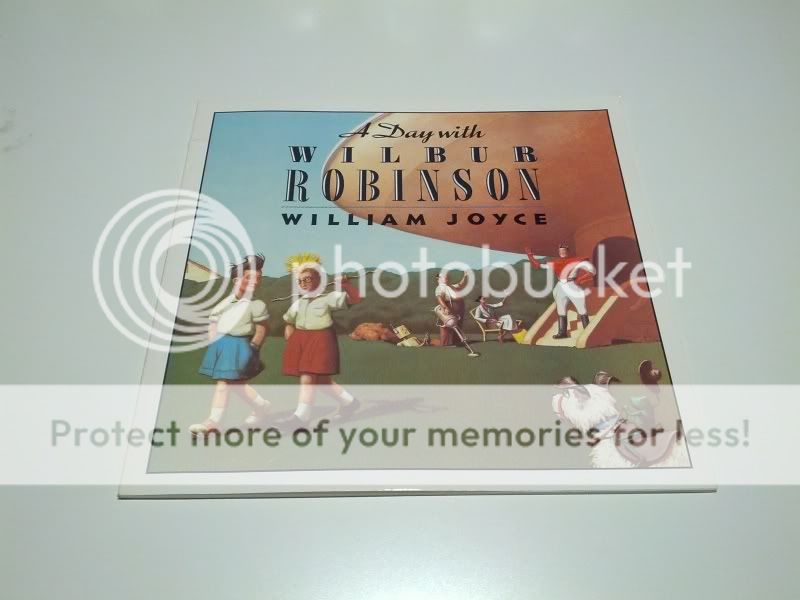
Florescent WB is the most repsentative.
Incandescent
Sunlight
Philips AmbientLED
Probably one of the most familiar LED light bulbs out there, this bulb has a few hundred hours' use on it and has gone from a desk lamp (where it was too bright) to the permanent resident of this fixture.
The bulb itself, illuminating the fixture.
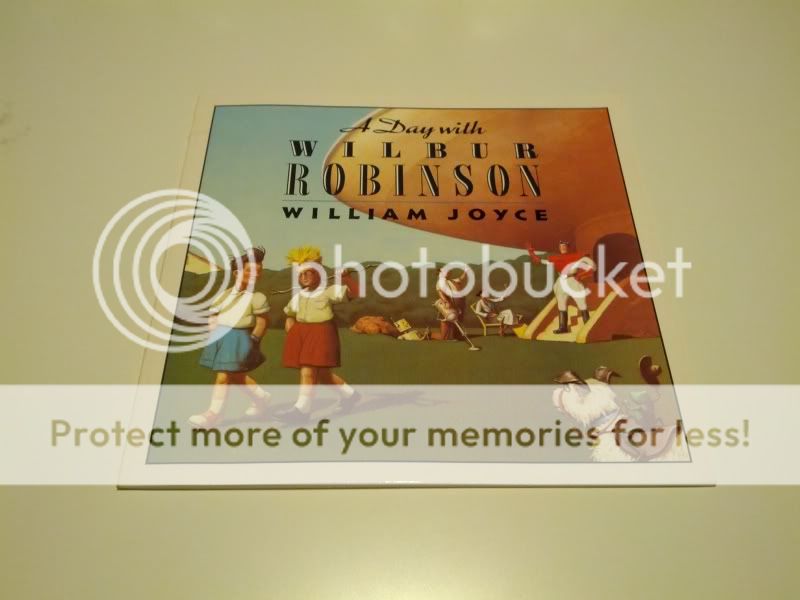
Incandescent WB is the most representative.
Florescent
Sunlight
UtiliTech PRO
I bought two of these on sale at Lowes in 2011. One has been running 24/7 (with perhaps 48 hours' interspersed downtime) for a bit more than two years in a mostly-enclosed fixture; the other I gave to a friend. I believe that it uses discrete intermediate-power SMD LED's rather than the power LED's and array packages that the other bulbs use.
The bulb itself, illuminating the fixture
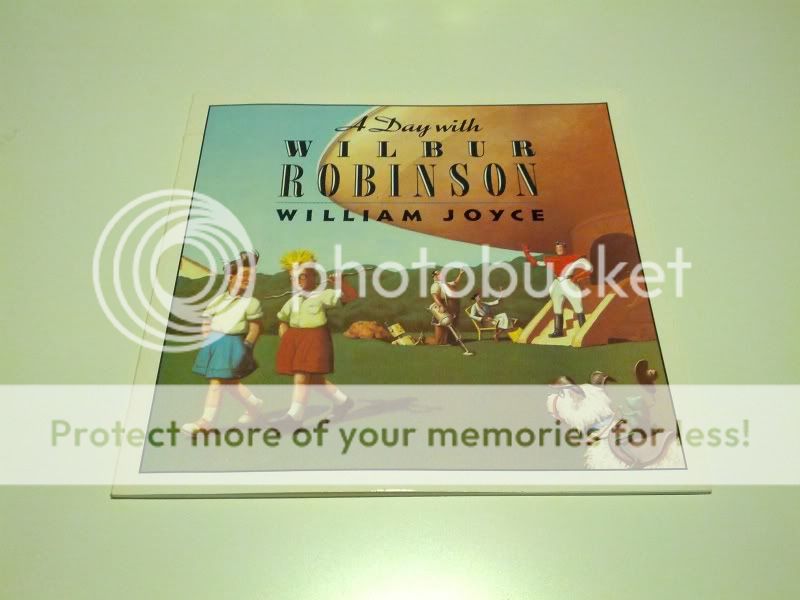
Incandescent WB is the most representative.
Florescent
Sunlight (one of the closest sunlight representations of how I perceived it)
Cool White LED's
3M Advanced LED "60W"
My most recent acquisition, the 3M is one of the more unusual options out there. It utilizes fancy fiber optic light guides to achieve a fairly uniform light distribution. It's also incredibly heavy. To my eyes, it's not very far removed from the 5000K bulbs I also have. I did a review of it yesterday.
The bulb itself, illuminating the fixture.
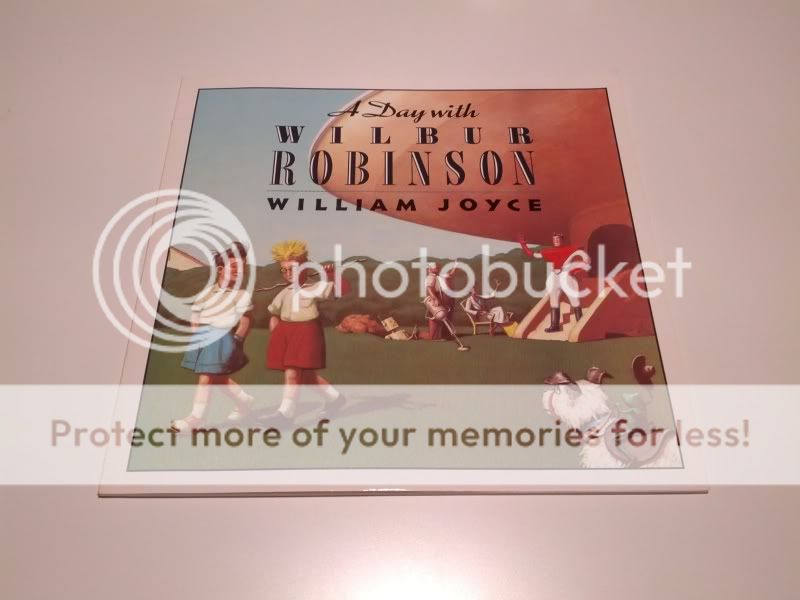
Florescent WB is the most representative.
Incandescent
Sunlight
EcoSmart (LSG) "40W"
I have a pair of these - one in a desk lamp, the other in a porch light. In the desk lamp, it makes it so much easier to read and concentrate than the previous occupant (recalled LSG 2700K "40W"). In the porch light, it doesn't attract anywhere near as many insects as the incandescents and florescents used to - in addition to being a more pleasing color that better matches the ~4000K LED fixtures I have lighting up the front driveway.
The bulb itself, illuminating the fixture.
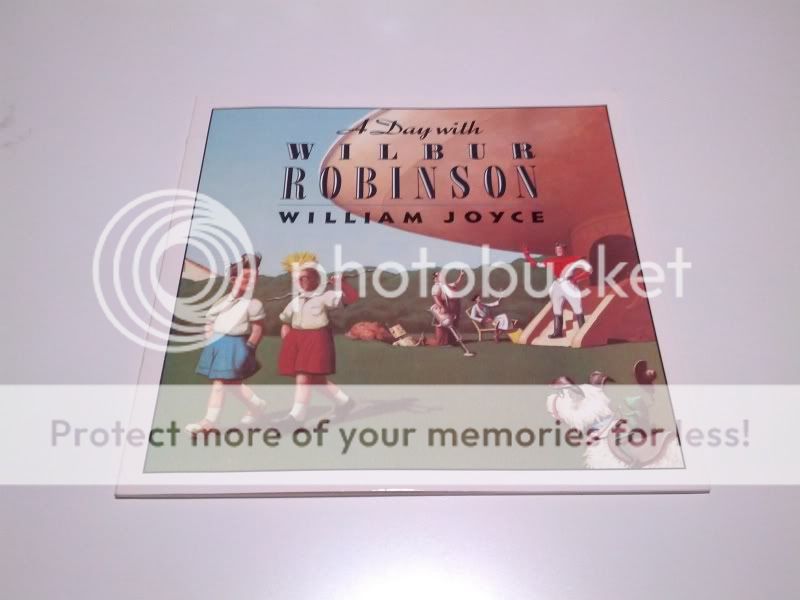
Florescent WB is the most representative, although I find it is probably the most "off" - auto WB is true to life, but using that image destroys the semi-controlled aspect of this experiment.
Incandescent
Sunlight (not terribly far off)
Cree "60W"
A somewhat recent acquisition, I have 3 of these in a ceiling fan light fixture in my office.
The bulb itself, lighting the fixture.
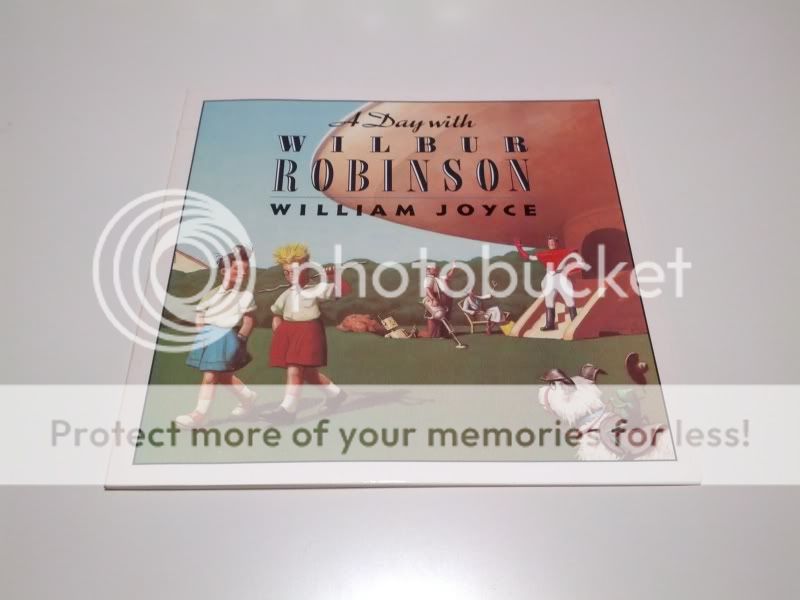
Florescent WB is the most representative.
Incandescent
Sunlight
The setup

The scene lit with ambient lighting from 4x 32W T8 floros behind (~6000K if I recall), a proprietary T5 circline fixture to the left (probably also ~6000K), and some sunlight from the windows ahead and behind. This is a decent representation of color - camera set to auto white balance, no flash. I would like to thank my "assistant" in the background for his considerable restraint not "helping" in any way whatsoever.
(Most Of) The Contenders

Control Samples
- 60W "long life" incandescent (clearly, this bulb has lived a hard life)
- GE 40W equivalent warm white CFL
The LED's
- Unknown LSG Warm White "40W" : 8W, 425lm, 3000K
- Philips AmbientLED "60W" : 12.5W, 800lm, 2700K
- 3M Advanced LED "60W" : 13.5W, 800lm, 4000K
- EcoSmart (LSG) Cool White "40W" " 8W, 510lm, 5000K
- Cree Cool White "60W" : 9W, 800lm, 5000K
- UtiliTech PRO "40W" (not shown above) : 7.5W, 450lm, 2700K
Methodology
All photography performed with a handheld cellphone camera (Samsung Galaxy Nexus) using the stock camera application. Exposure was set to auto on all photos.
I took 5 photos for each sample:
- The bulb itself, auto white balance (WB), auto flash (most of these were taken in relative darkness between bulb swaps)
- The bulb illuminated in the fixture, auto WB, auto flash (color rendition on these is all over the place, thus not representative
- Test subject with incandescent WB
- Test subject with florescent WB
- Test subject with sunlight WB - generally not at all representative
Test subject is A Day with Wilbur Robinson, chosen because it was handy and has a fairly broad spectrum of colors - albeit a bit heavy on blue and green and somewhat faded:

Control Samples
Incandescent
I begin with the only incandescent I could find, which happened to be a generic 60W long life bulb that's probably as old as the oven vent hood it lives in (around 20 years). This is hardly the best incandescent around, but should suffice for comparison on color rendering.
The bulb itself has some accumulate crud from 20 years of living in an oven vent hood. Not claiming this is the best incandescent out there, just using it for color rendition purposes.
Illuminating the fixture.

Incandescent WB - unsurprisingly, this is the best representation of how it renders color.
Florescent
sunlight
CFL
GE warm white "40W" equivalent CFL, circa 2008-2009 vintage. Been using these in a vanity fixture in the guest bathroom for years without complaint.
In its spiral glory. In the fixture.

Florescent WB - unsurprisingly, this is the best representation of how it renders color.
Incandescent
Sunlight
Warm White LED's
LSG 3000K
This is a replacement for a recalled EcoSmart (LSG) bulb I bought in 2011. I prefer the light quality on this over predecessor and the other 2700K bulbs I have. It is extremely directional, throwing very little light behind it. I'm finding that this bulb is improving my opinion of high-temperature "warm" tints - would like to see some option in the 3000K-4000K range from manufacturers.
The bulb itself, illuminating the fixture.

Florescent WB is the most repsentative.
Incandescent
Sunlight
Philips AmbientLED
Probably one of the most familiar LED light bulbs out there, this bulb has a few hundred hours' use on it and has gone from a desk lamp (where it was too bright) to the permanent resident of this fixture.
The bulb itself, illuminating the fixture.

Incandescent WB is the most representative.
Florescent
Sunlight
UtiliTech PRO
I bought two of these on sale at Lowes in 2011. One has been running 24/7 (with perhaps 48 hours' interspersed downtime) for a bit more than two years in a mostly-enclosed fixture; the other I gave to a friend. I believe that it uses discrete intermediate-power SMD LED's rather than the power LED's and array packages that the other bulbs use.
The bulb itself, illuminating the fixture

Incandescent WB is the most representative.
Florescent
Sunlight (one of the closest sunlight representations of how I perceived it)
Cool White LED's
3M Advanced LED "60W"
My most recent acquisition, the 3M is one of the more unusual options out there. It utilizes fancy fiber optic light guides to achieve a fairly uniform light distribution. It's also incredibly heavy. To my eyes, it's not very far removed from the 5000K bulbs I also have. I did a review of it yesterday.
The bulb itself, illuminating the fixture.

Florescent WB is the most representative.
Incandescent
Sunlight
EcoSmart (LSG) "40W"
I have a pair of these - one in a desk lamp, the other in a porch light. In the desk lamp, it makes it so much easier to read and concentrate than the previous occupant (recalled LSG 2700K "40W"). In the porch light, it doesn't attract anywhere near as many insects as the incandescents and florescents used to - in addition to being a more pleasing color that better matches the ~4000K LED fixtures I have lighting up the front driveway.
The bulb itself, illuminating the fixture.

Florescent WB is the most representative, although I find it is probably the most "off" - auto WB is true to life, but using that image destroys the semi-controlled aspect of this experiment.
Incandescent
Sunlight (not terribly far off)
Cree "60W"
A somewhat recent acquisition, I have 3 of these in a ceiling fan light fixture in my office.
The bulb itself, lighting the fixture.

Florescent WB is the most representative.
Incandescent
Sunlight
Last edited:

